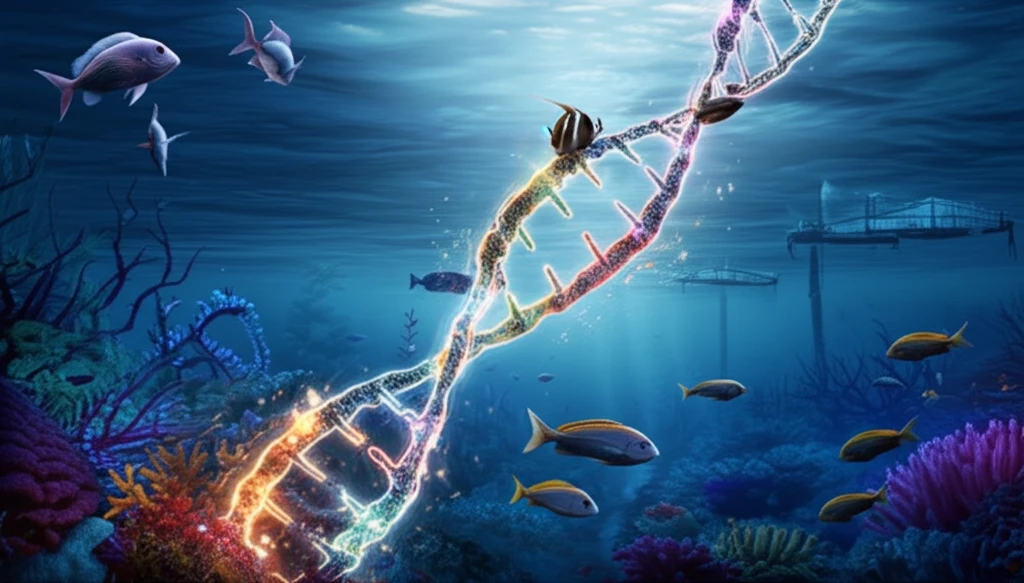
Unlocking Aquaculture Secrets: The Genome of a Fish Killer
"Decoding Photobacterium damselae subsp. piscicida to Safeguard Fish Farms Worldwide"
Aquaculture, the farming of aquatic organisms, is a vital source of food and economic stability for many regions worldwide. However, this industry faces numerous challenges, one of the most significant being disease outbreaks. Among the culprits causing havoc in fish farms, Photobacterium damselae subsp. piscicida stands out as a particularly devastating pathogen.
This bacterium is the causative agent of pasteurellosis, a severe septicemic disease that affects a wide range of fish species. From the United States to Japan and Europe, aquaculture farms have suffered significant economic losses due to outbreaks of this disease. Understanding the genetic makeup of P. damselae subsp. piscicida is crucial for developing effective strategies to combat its spread and impact.
Recent research has focused on unraveling the complete genome sequence of different strains of P. damselae subsp. piscicida, aiming to identify key differences and potential vulnerabilities. One such study details the whole-genome sequence of strain 91-197, isolated from a hybrid striped bass in the United States, providing valuable insights into the genetic characteristics of this pathogen.
Decoding the Genome of P. damselae subsp. piscicida Strain 91-197

The study, conducted by a team of researchers from various institutions, including the University of Miyazaki and Louisiana State University, delved into the genomic structure of P. damselae subsp. piscicida strain 91-197. This particular strain was isolated from a hybrid striped bass (Morone sp.) in the United States, making it a relevant subject for understanding the pathogen's characteristics in this region.
- Chromosome 1: 3,172,118 base pairs with 3,212 coding sequences.
- Chromosome 2: 1,054,589 base pairs with 1,496 coding sequences.
- Plasmid 1: 37,140 base pairs encoding 47 coding sequences.
- Plasmid 2: 29,328 base pairs encoding 30 coding sequences.
Implications for Aquaculture and Beyond
The detailed genomic information obtained from this study provides a crucial foundation for understanding the biology and pathogenicity of P. damselae subsp. piscicida. This knowledge can be leveraged to develop improved diagnostic tools, effective vaccines, and targeted antimicrobial therapies. Ultimately, this research contributes to safeguarding aquaculture farms from the devastating impacts of fish pasteurellosis and ensuring the sustainability of this vital industry.
